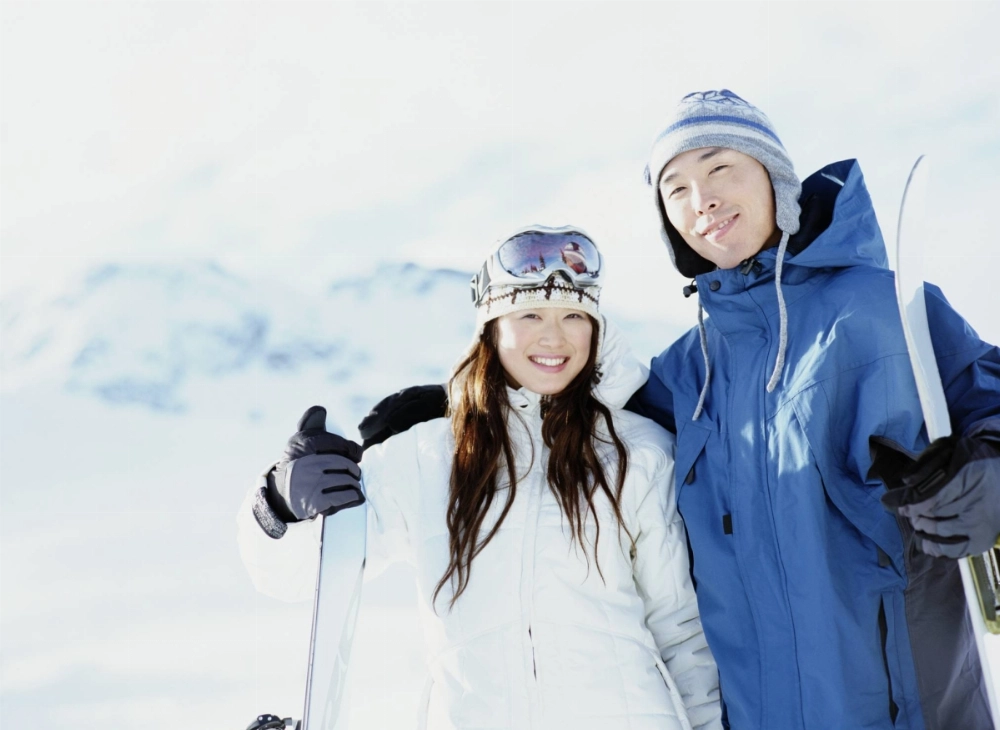Without a doubt, one of the most epic things to do in Japan is スキー. And no, that’s not 好き (suki, like/love), but sukī (skiing) — although falling in love is certainly up there, too.
Given the famous powder and countless mountains and resorts from Hiroshima to Hokkaido, you can’t go wrong with スキー and スノーボード (sunōbōdo, snowboarding) in 冬 (fuyu, winter).
In all honesty, these are not activities that require a ton of Japanese knowledge. Rather, lacking the necessary ski vocabulary will likely just confine you to the most touristy slopes. Therefore, let’s take on some winter words so we can take on some winter powder.


















With your current subscription plan you can comment on stories. However, before writing your first comment, please create a display name in the Profile section of your subscriber account page.